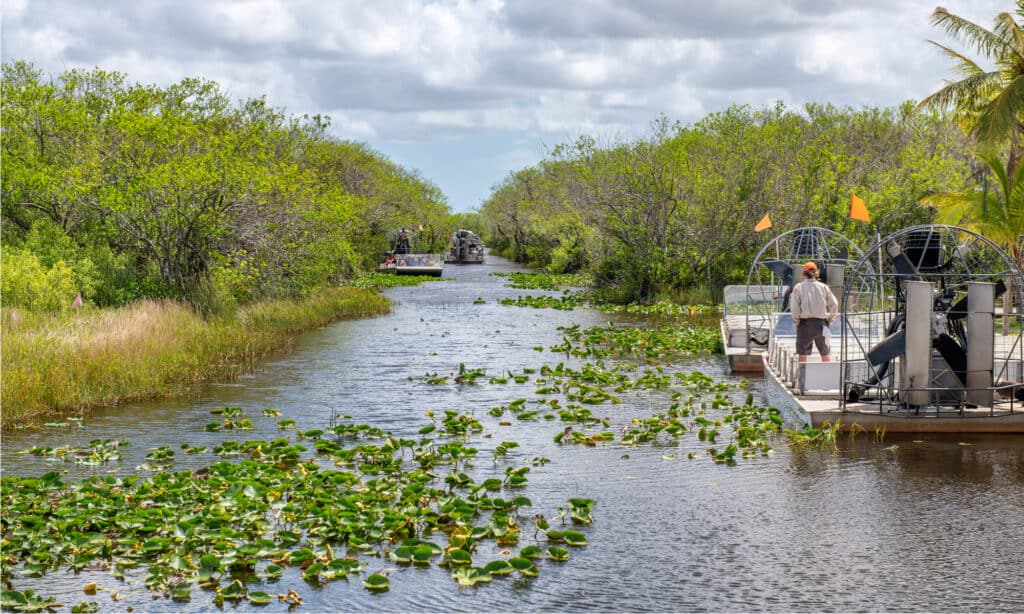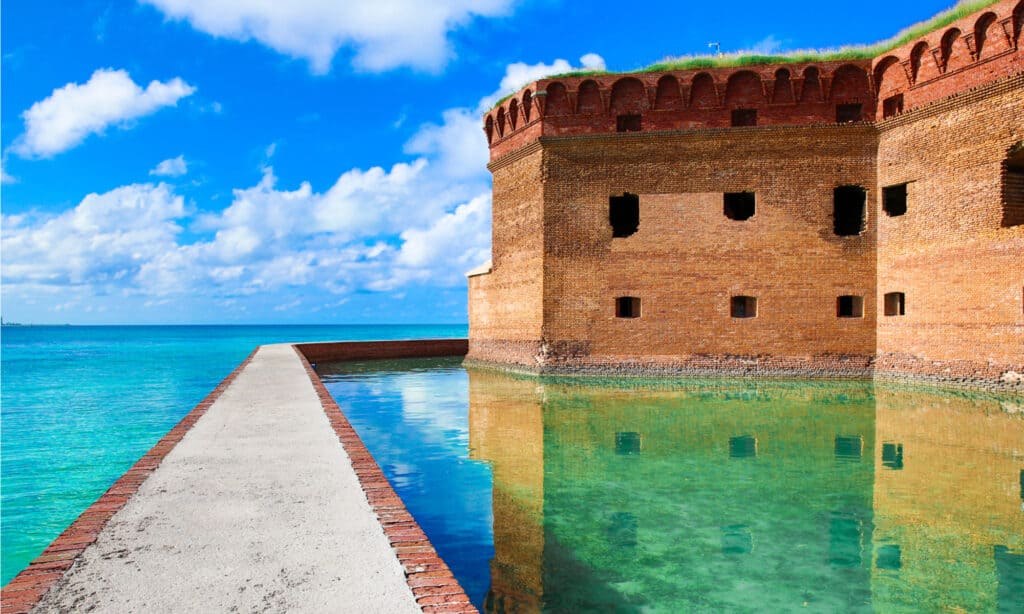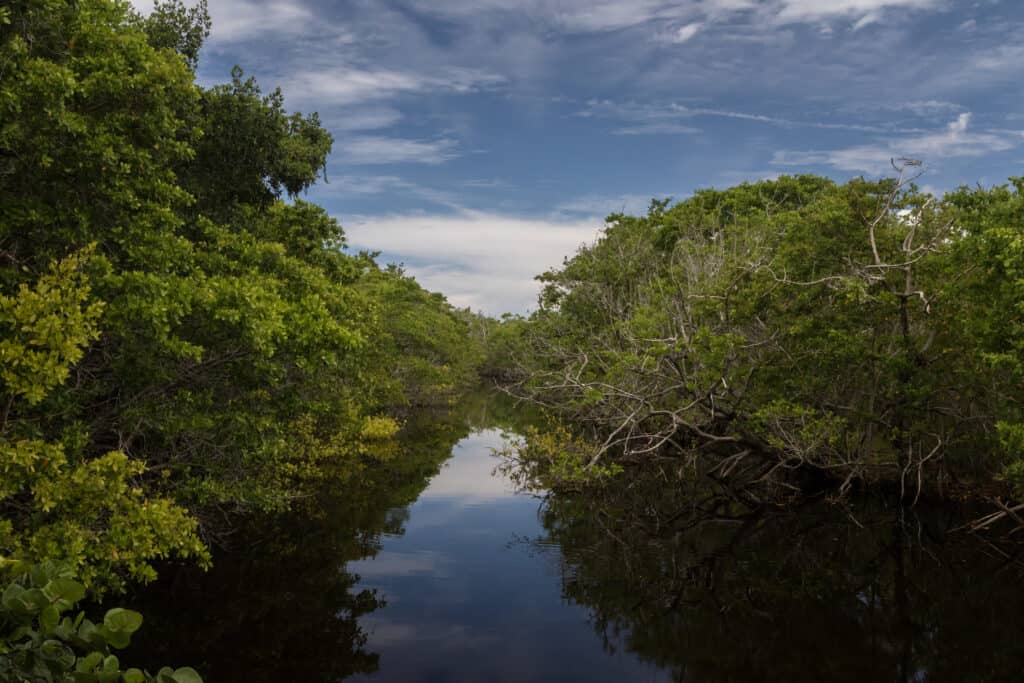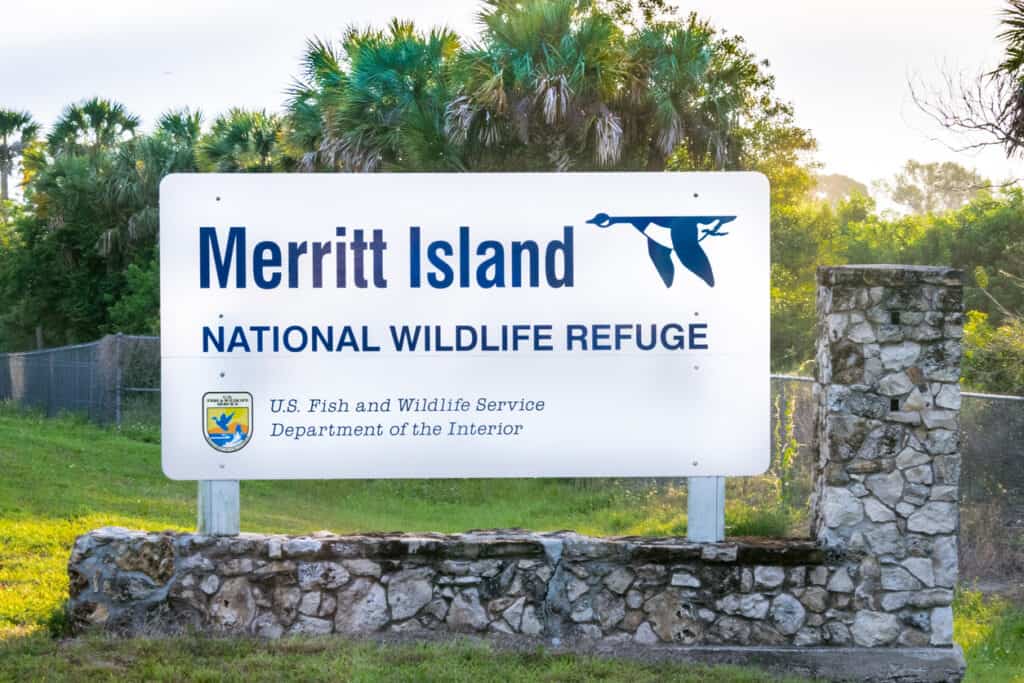Florida is one of the most popular states in the United States for bird watching, being home to many unique and even endangered species of birds.
Florida is the third-most populous state in the United States and is located in the country’s southeastern part. Its capital is Tallahassee. Florida is the only continental state with both a tropical climate and a coral reef. Due to its diverse and, at the same time, unique climate, the state hosts spectacular ecosystems that preserve some of the largest tropical wild species of marine mammals, reptiles, birds, invertebrates, and insects.
Thanks to its geographic position, Florida has two migratory corridors through which non-native birds migrate to the state; this is precisely what makes it a bird-watching gem!
Since there are too many bird-watching spots to choose from in Florida, we’ve selected the 5 best places for you to enjoy this summer watching your favorite birds fly!
Florida’s 5 Best Bird Watching Spots this Summer
1. Everglades National Park

Everglades National Park is the largest tropical wildlife area in the United States.
©GagliardiPhotography/Shutterstock.com
| Everglades National Park | |
|---|---|
| Size | 1,508,976 acres |
| Number of bird species spotted | 360 species |
| Birds to spot | Wood Stork, Anhinga, Bronzed Cowbird |
Everglades National Park is the largest tropical wildlife area in the United States. It is the continent’s most important breeding ground for wading birds. About 360 species of birds have settled in Everglades National Park, along with hundreds of species of fish, mammals, and reptiles. The park has four Visitor Centers, making it much easier for visitors to learn about and enjoy the wildlife. The visitor centers open at 8 a.m. or 9 a.m. and close at 5 p.m.
The park features 18 hiking trails of various distances – you can complete some trails within ten minutes and others within as much as seven hours. Some birds you might notice along the way are the following:
- Wood Stork;
- Anhinga;
- Bronzed Cowbird;
- Wading birds;
- Bald Eagle;
- Pelican;
- Peregrine Falcon;
- Swallow-tailed Kite.
2. Dry Tortugas National Park

Dry Tortugas National Park covers 64,701 acres of land.
©T-Anderson Photography/Shutterstock.com
| Dry Tortugas National Park | |
|---|---|
| Size | 64,701 acres |
| Number of bird species spotted | 299 species |
| Birds to spot | Sooty Tern, Brown Pelican, Masked Bobby |
Dry Tortugas National Park preserves the seven Dry Tortugas islands and Fort Jefferson. Its rich sea life, stunning coral reefs, and tropical bird breeding grounds make this park an incredible natural destination!
The park hosts an official number of 299 species. However, you’ll likely be able to spot only eight of them. These are:
- Sooty Tern;
- Brown Noddy;
- Brown Pelican;
- Magnificent Frigatebird;
- Roseate Tern;
- Masked Booby;
- Bridled Tern;
- Mourning Dove.
This year’s spring is already gone, but you can add Dry Tortugas National Park to your must-see places for next year, as it hosts an incredibly large migratory bird species. The peak of the migratory season is April – that’s when you’ll be able to see dozens of species of birds passing through the park. Some common migratory warblers are:
- Prairie Warbler;
- Black-and-white Warbler;
- Common Yellowthroat;
- Ovenbird;
- Blackpoll Warbler;
- Cape May Warbler.
3. J.N. “Ding” Darling National Wildlife Refuge

J.N. “Ding” Darling National Wildlife Refuge preserves over 245 species of birds.
©iStock.com/DimitrisTimpilis
| J.N. “Ding” Darling National Wildlife Refuge | |
|---|---|
| Size | 5,200 acres |
| Number of bird species spotted | 245 species |
| Birds to spot | American White Pelican, Reddish Egret, Mangrove Cuckoo |
J.N. “Ding” Darling National Wildlife Refuge is located on Sanibel Island in the Gulf of Mexico. It is named after Jay Norwood “Ding” Darling, a famous cartoonist who founded the National Wildlife Federation.
J.N. “Ding” Darling National Wildlife Refuge preserves over 245 species of birds, the most popular being the following:
- American White Pelican;
- Reddish Egret;
- Mangrove Cuckoo;
- Roseate Spoonbill;
- Yello-crowned Night Heron.
If you’re willing to go for an adventure, you can take the canoe or the kayak to dive deep into wild areas for better bird-watching spots. You can also take the tram tour on Wildlife Drive – it will make for a memorable experience!
4. Merritt Island National Wildlife Refuge

Merritt Island National Wildlife Refuge area consists of wetlands, pine woods, dunes, forests, and beaches.
©iStock.com/Thomas_Kelley
| Merritt Island National Wildlife Refuge | |
|---|---|
| Size | 140,000 acres |
| Number of bird species spotted | 330 species |
| Birds to spot | Bald Eagle; Roseate Spoonbill; American Kestrel |
Merritt Island National Wildlife Refuge is located in Brevard County, Florida, bordering the Canaveral National Seashore to the north. Because it hosts NASA’s Kennedy Space Center, the refuge might occasionally be closed due to its operational needs, so we recommend checking with the administration before planning a visit.
The area consists of wetlands, pine woods, dunes, forests, and beaches. It hosts 330 species of birds, alongside over 100 species of amphibians, reptiles, and mammals. You can choose one of the multiple hiking trails for better birding views, where you can spot some of the following:
- Bald Eagle;
- Roseate Spoonbill;
- Florida Scrub-Jay;
- American Kestrel:
- Osprey;
- White Ibis;
- Great Egret.
5. Big Cypress National Preserve

Big Cypress National Preserve is home to over 190 species of birds.
©VIKVAD/Shutterstock.com
| Big Cypress National Preserve | |
|---|---|
| Size | 720,566 acres |
| Number of bird species spotted | Over 190 species |
| Birds to spot | Bald Eagle; Roseate Spoonbill; American Kestrel |
Big Cypress National Preserve is located approximately 45 miles west of Miami. It mainly consists of wet cypress forest, and it’s home to over 190 species of birds, including
- Anhinga;
- Purple Gallinule;
- Common Loon;
- Purple Martin;
- Tufted Titmouse
- Wood Stork;
- Roseate Spoonbill.
The preserve has 19 hiking trails that provide spectacular natural views and excellent opportunities to spot some of the birds mentioned above or other animals that inhabit the area.
What is The Great Florida Birding and Wildlife Trail?
The Great Florida Birding and Wildlife Trail stretches over 2,000 miles across the state, encompassing 510 wildlife viewing sites. Its goal is to conserve native habitats and species in Florida. It is divided into four sections – the first opened in 2002, and the last in 2006. Some sites are only for cars, while others let their visitors walk, hike, or even boat.
Most sites host an impressive number of bird species, especially during migratory seasons, so you might want to add some of the Great Florida Birding and Wildlife Trail’s sites to your “to-visit” places for next spring or fall.
Florida Grasshopper Sparrow Population 2022
The Florida Grasshopper Sparrow is one of the most endangered birds in North America. It is a subspecies of grasshopper sparrow native to Florida’s dry prairies. In 2017, only around 50-60 birds were left out of the 1,000 spotted in 2004. The authorities and the biologists are still doing their best to avoid the disappearance of this subspecies of grasshopper sparrow, spending over $1 million on the procedures.
Thanks to their hard work, on June 1, 2022, the White Oak Conservation released the 501st grasshopper sparrow into a Florida prairie. So there’s still hope for the Florida grasshopper sparrow!
The photo featured at the top of this post is © Mia2you/Shutterstock.com
Thank you for reading! Have some feedback for us? Contact the AZ Animals editorial team.






